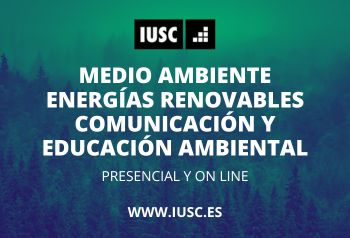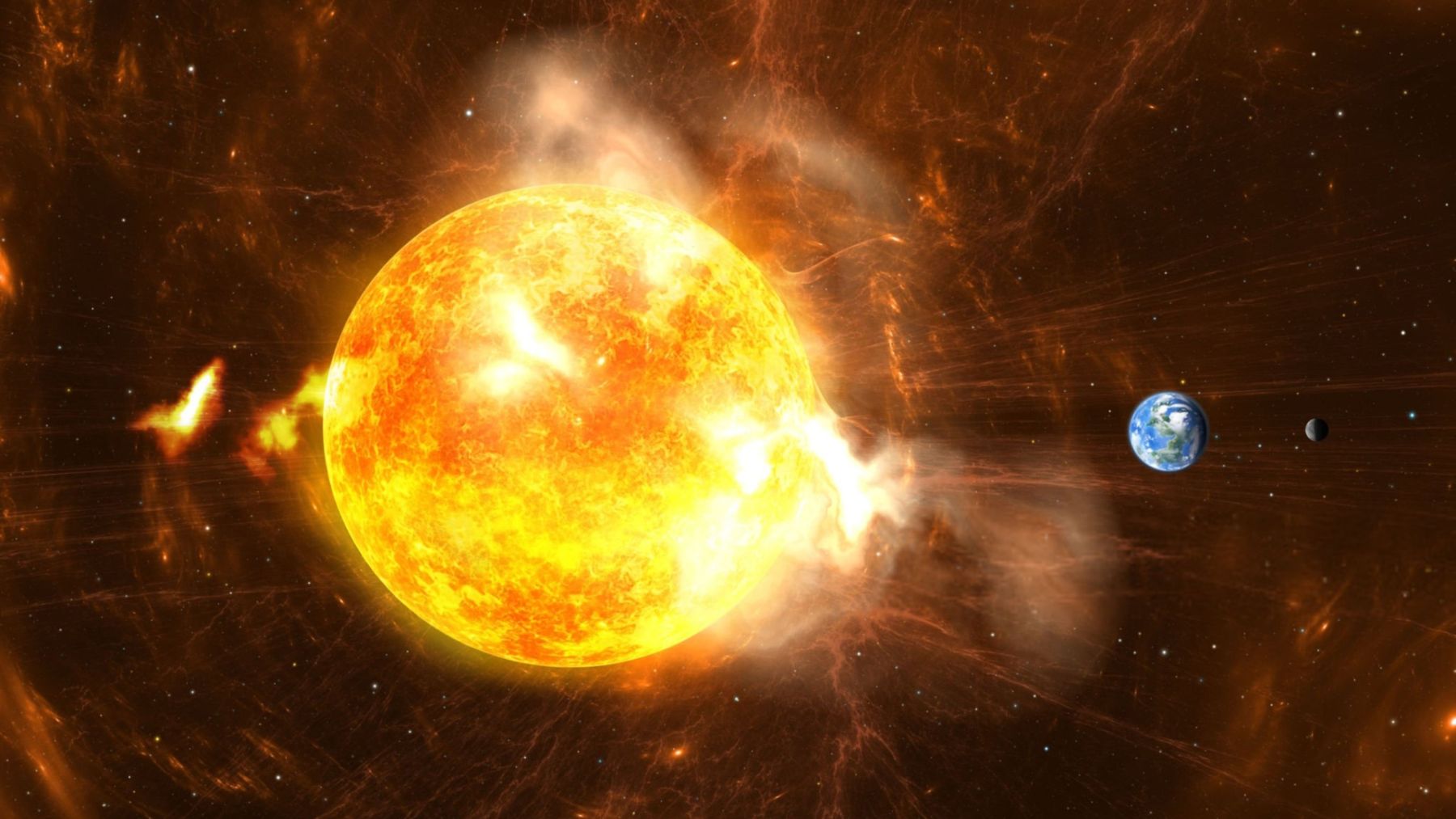The forces of nature can be very destructive to humans, but when channeled properly they become an energy source with great potential for use. Tsunamis are a good example of this, because although they pose an immediate danger, with this project they offer an opportunity to obtain energy.
What are tsunamis and how this phenomenon arises in the sea
Tsunamis are caused by an underwater volcanic eruption or a tidal wave whose epicenter is on the seabed. It can form hours or even days after the event and consists of gigantic waves that, unlike those caused by wind or storms, reach heights of 30 meters or more.
The waves move very quickly towards the coast.Speeds of up to 800 km/h have been reported, allowing the beaches to be reached in minutes. These large bodies of water reach deep into the land, destroying everything in their path. In fact, it is one of the most destructive natural phenomena.
They can produce a good amount of electrical energy despite the damage they cause
Tsunamis have great destructive power, but… It is also a great source of energy where the movement of waves is used as a generator of electricity. This type is called tidal energy and is one of the renewable types, which is more productive, sustainable and consistent over time.
The kinetic energy produced in this way can have an electrical power of up to 2 TW. Taking advantage of this requires devices such as tidal turbines, which are similar to wind turbines except that their blades are moved by the force of the water, although this movement is more constant.


Another device used in this type of production is the marine power generator which takes advantage of the motion produced in the sea, especially if it is rough. One of the advantages of harnessing the energy of this phenomenon to produce electric power is that it has a very high power.
Because the kinetic energy contained in one of the tsunami waves means a large electrical energy that can meet the demand of millions of homes and industries. Moreover, it is renewable and sustainable, and does not emit CO2 into the environment. However, they are amplified by the effect of climate change.
On the other hand, because they have a lot of power, their consequences are uncontrollable and unpredictable. This translates into high costs, not only for human and material damage and loss, but also for the equipment involved that must be able to withstand these impacts without being damaged or destroyed.
To harness the energy of tsunamis and convert them into electricity, they must be produced and are generally unpredictable. Despite being a natural phenomenon, the destruction they cause is terrible Environmental damage and ecosystem changes are permanent and very serious.
The project that can be an opportunity for the world
In 2011, an atomic accident occurred at the Fukushima plant as a result of an earthquake followed by a tsunami. But now there is a project on the same site with a budget of $ 2.75 billion for the establishment of a renewable energy center in the aftermath of this disaster.
In conclusion, although tsunamis pose an immediate danger to Spain, their enormous power can be used to generate electrical energy and conduct other research. For example, we have the opportunity that the Fukushima energy center project offers us.

